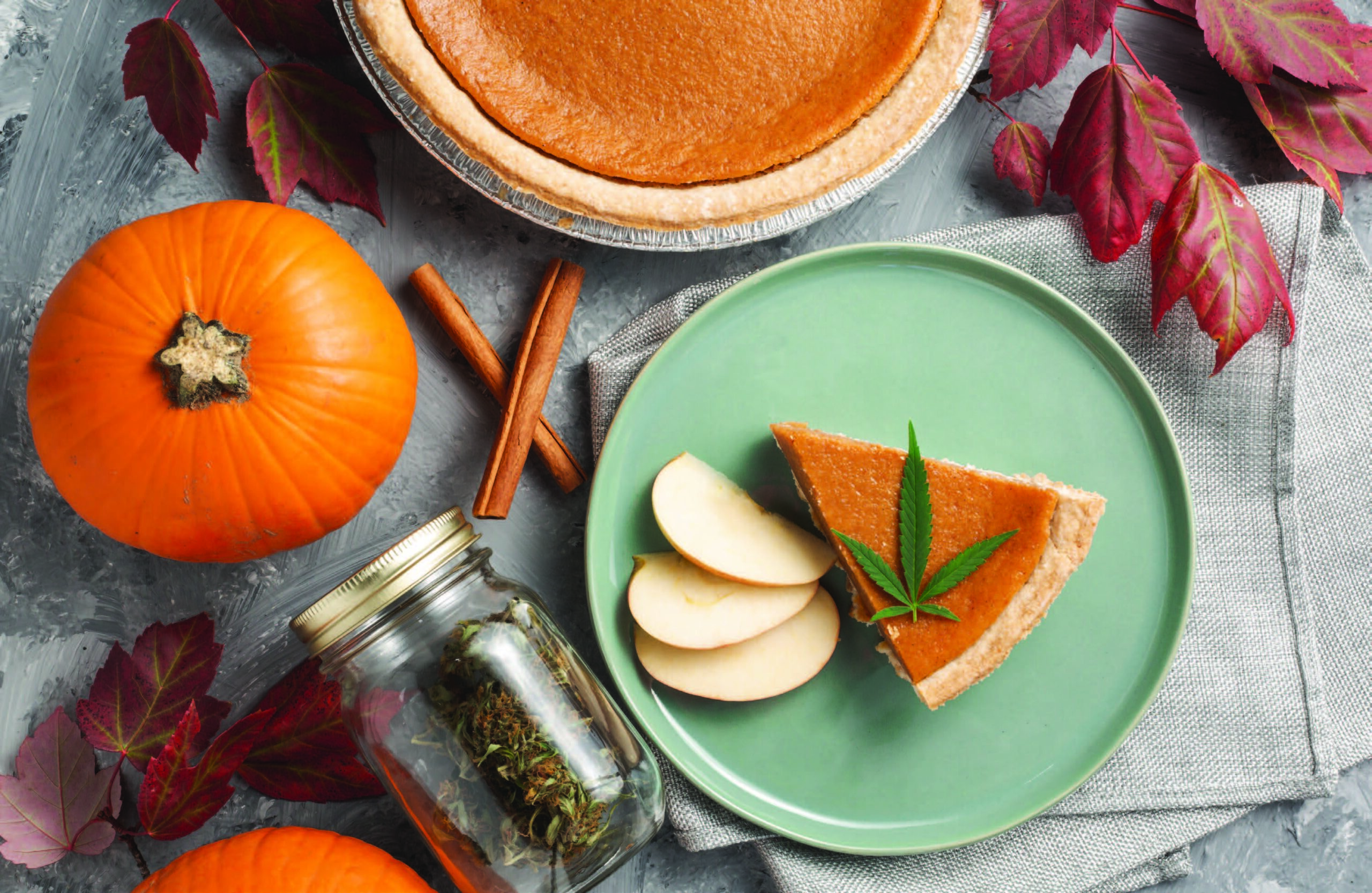Now that Wicked Weed is owned by AB-Inbev, it’s technically no longer a craft brewery. The Brewers Association defines a craft beer as small (producing 6 million barrels or fewer), independent, less than 25 percent owned by another alcohol industry member that isn’t itself a craft brewery, and traditional – breweries that use traditional or innovative ingredients or processes for flavoring (this excludes flavored malt beverages, sorry Four Loko). The Brewers Association and associated state and local guilds are the only regulatory bodies for “craft” beer.
When I write about wine, I learn all kinds of new things about how wine is regulated. One of the things about beer, in comparison to wine, and especially in the United States, is the relative lax regulation of production method. Sure, brewers are not allowed to use more than 49 percent of fermentable sugar derived from grain. We’re not allowed to distill our fermented product through icing or heat. We have to get permission from the federal government for can and bottle labels. We have to pay taxes on our production volumes and we have to have a distributor for beer leaving the brewery (in Colorado, breweries can also be the distributor). But there are no rules about where our grain comes from or what type of grain it is, how we extract the sugar, or how we get to our finished product through filtration or carbonation.
There are also no naming requirements based on ingredients. There are no government agents inspecting our yeast to make sure we are, in fact, using a lager yeast in our lager beer, or checking our grain bill to make sure we have enough wheat to call a beer a Hefeweizen. In fact, the only strange naming law I can think of is the “ale in Texas” law, a law that requires all beer over 4 percent to be labeled as an “ale” or as “malt liquor.” Brooklyn Brewery labels their bottles of Brooklyn Lager with “In Texas, malt liquor” and Ska uses the familiar “ALE IN TEXAS” for its Mexican Logger. But this is a law that doesn’t take into consideration the actual production process or ingredients, but is a misguided attempt at consumer information.
Wine on the other hand, regulates everything. They regulate the type of grape you use: under 75 percent of a type of grape and it can no longer be labeled as a varietal (single grape), 85 percent of grapes must be grown in a specific region to be labeled as from that region (appellation), and when labeling a vintage, 85 percent of the grapes must have been harvested in the year on the label.
These are just U.S. regulations. In France, things are even more strict. Geographic boundaries are strictly enforced. Types of grapes inside those boundaries are regulated. Even the planting density of certain types of grapes in certain regions are regulated. Sparkling wine labeled as “Champagne” has incredibly strict regulations on everything from region to grape, from fermentation to carbonation.
I find it kind of odd that we take the Brewers Association definition as holy writ when it comes to what is a craft brewery. Or maybe it’s that I think the Brewers Association doesn’t go far enough to define what makes a craft brewery. I think the BA definition is kind of easy to get to: you’re not owned by a megabrewery, you’re not making a hard root beer, and you are under 6 million barrels of annual production. But what about traditional methods and ingredients and (GASP!) quality? That probably irks me the most. The BA definition says nothing about the quality of a brewery’s beer. By their definition, your local brewpub, even if they serve under attenuated diacetyl bombs through tap lines that never get cleaned, is somehow a better choice than a macro beer. That’s like saying that getting an oil change at a local mechanic that overcharges, takes forever, and leaves oil stains on the seats is a better choice than Jiffy Lube. At least at Jiffy Lube you know what you’re getting and it’s not going to totally suck.
I’m not saying that we should say to hell with the BA, or that you are in imminent danger of drinking bad beer (there is definitely no danger of bad beer by any Durango brewer, that’s for sure), what I’m saying is that there should definitely be a some quality standards for the Brewers Association’s definition, not just arbitrary quotas and an in-or-out mentality.
Robert Alan Wendeborn is a former cellar operator at Ska Brewing and current lead cellar operator at Tin Roof Brewing in Baton Rouge, Louisiana.













